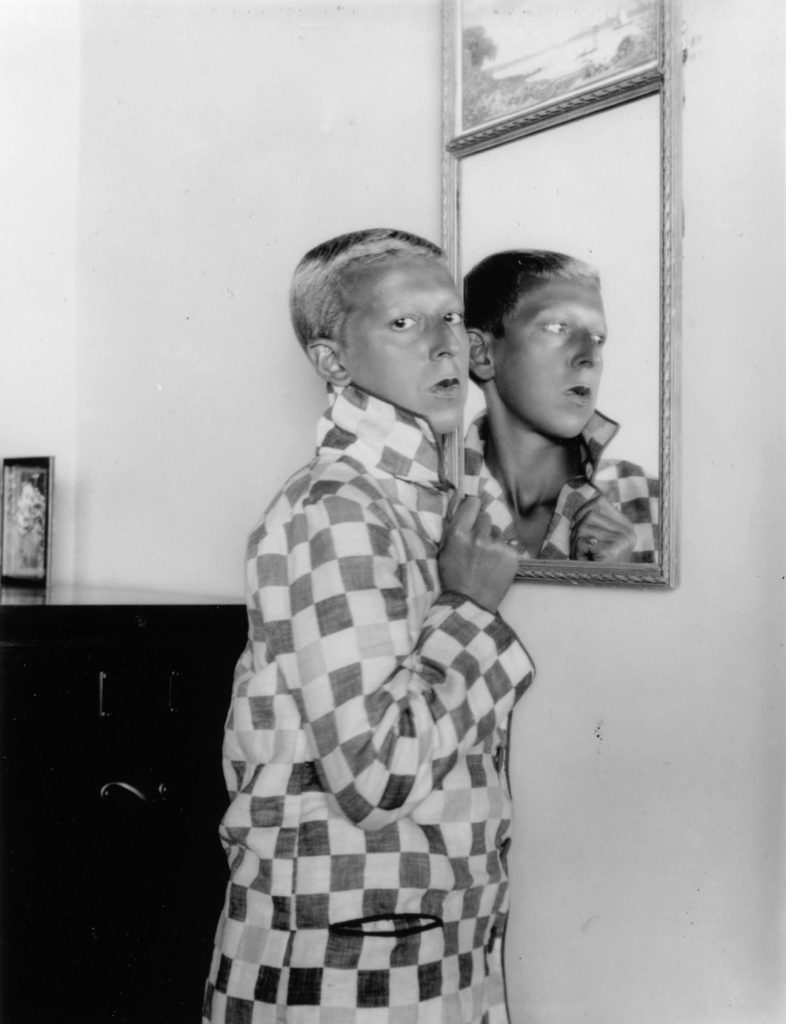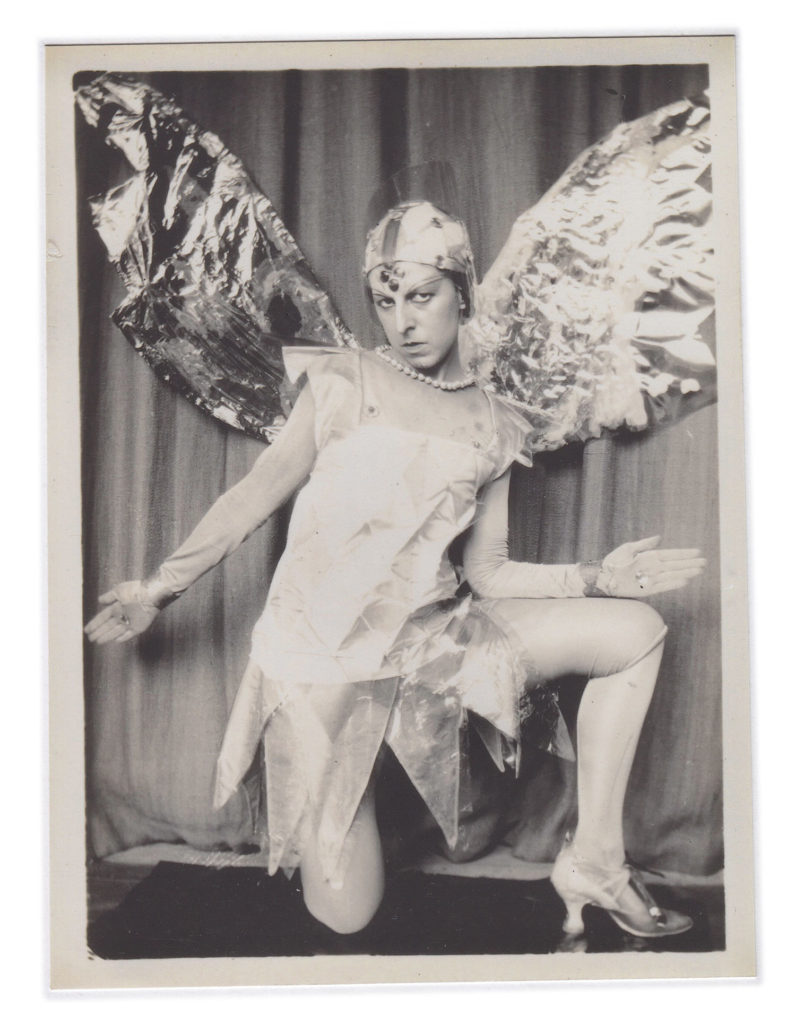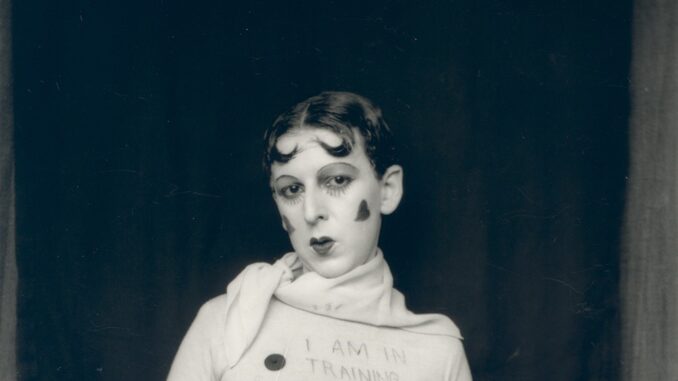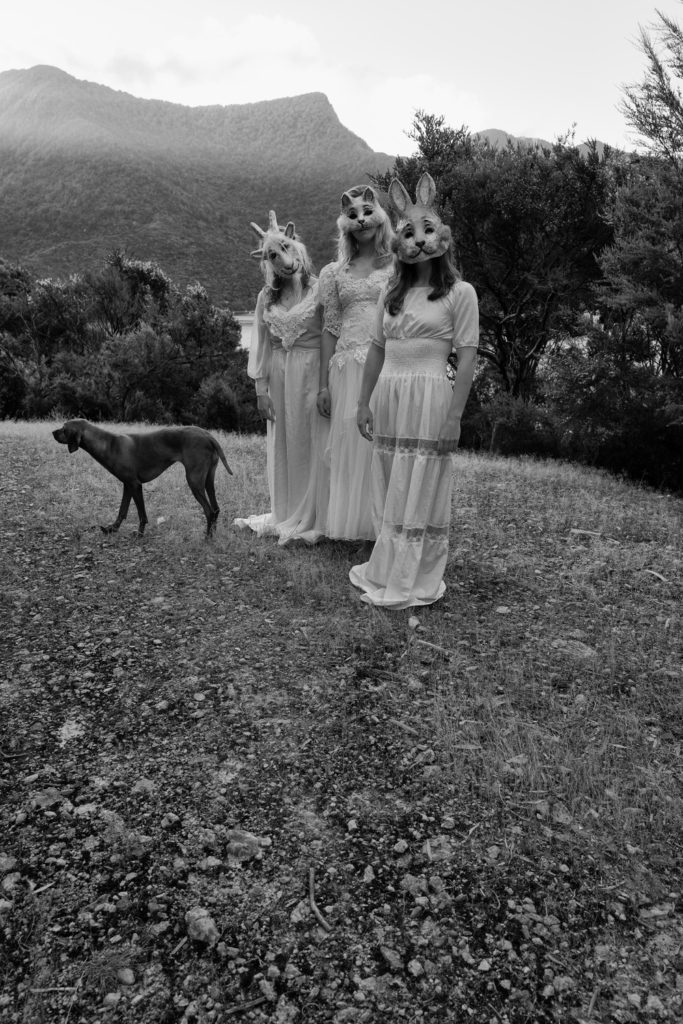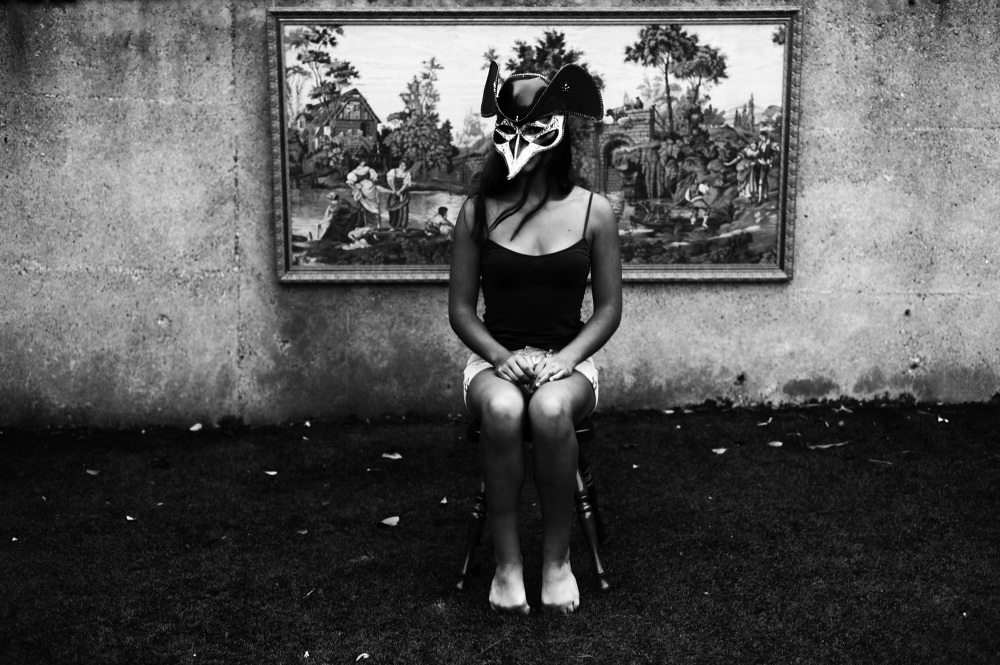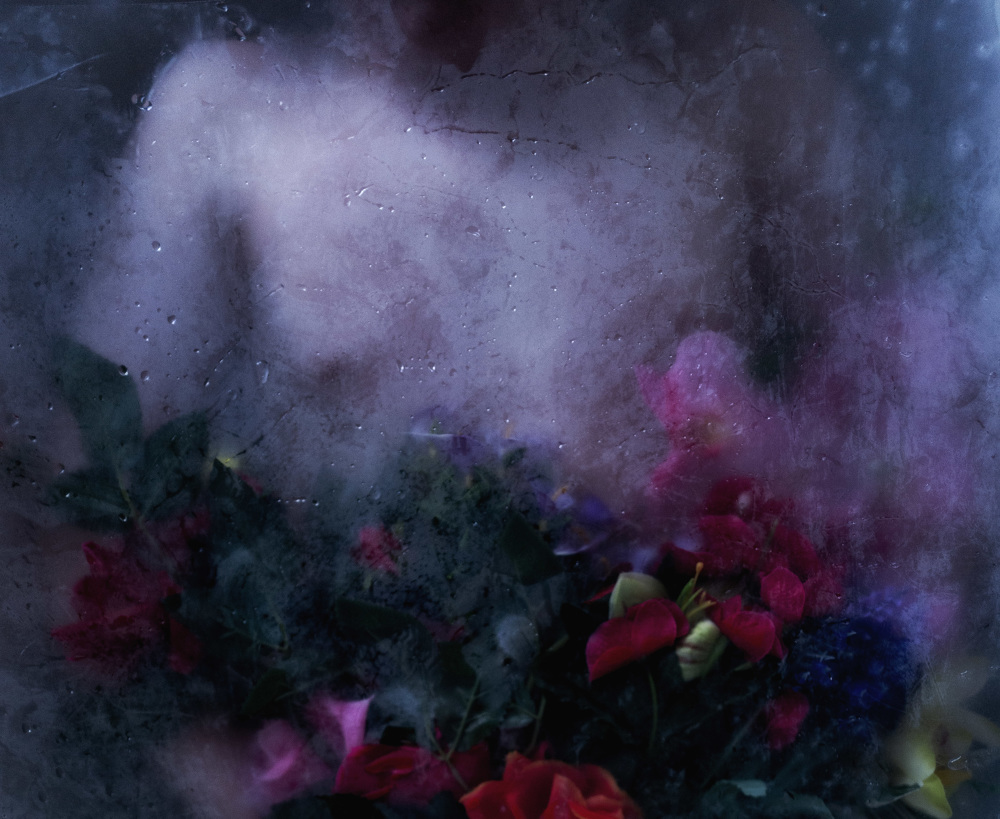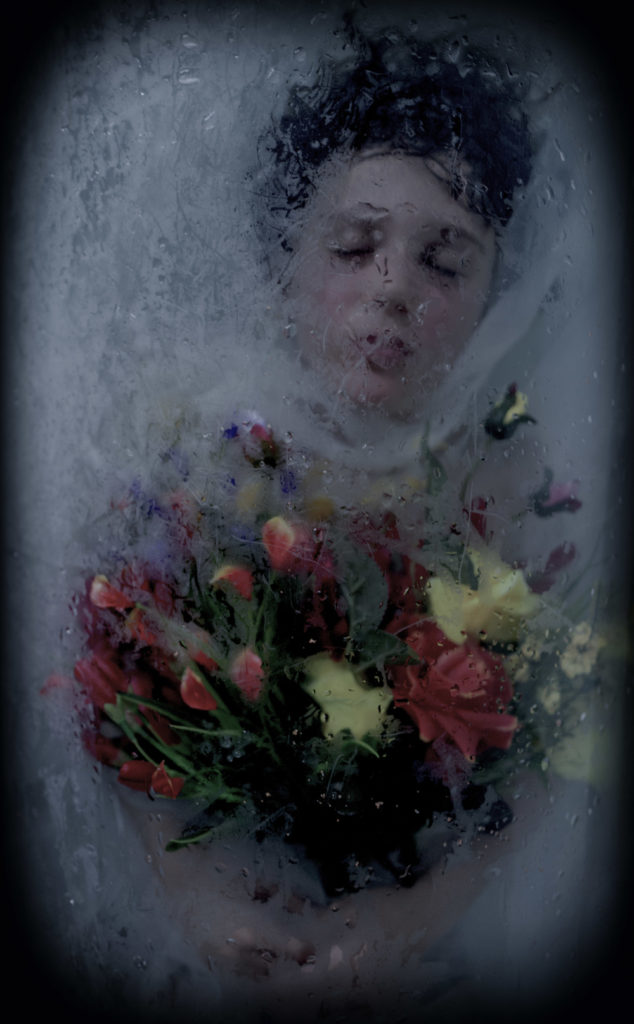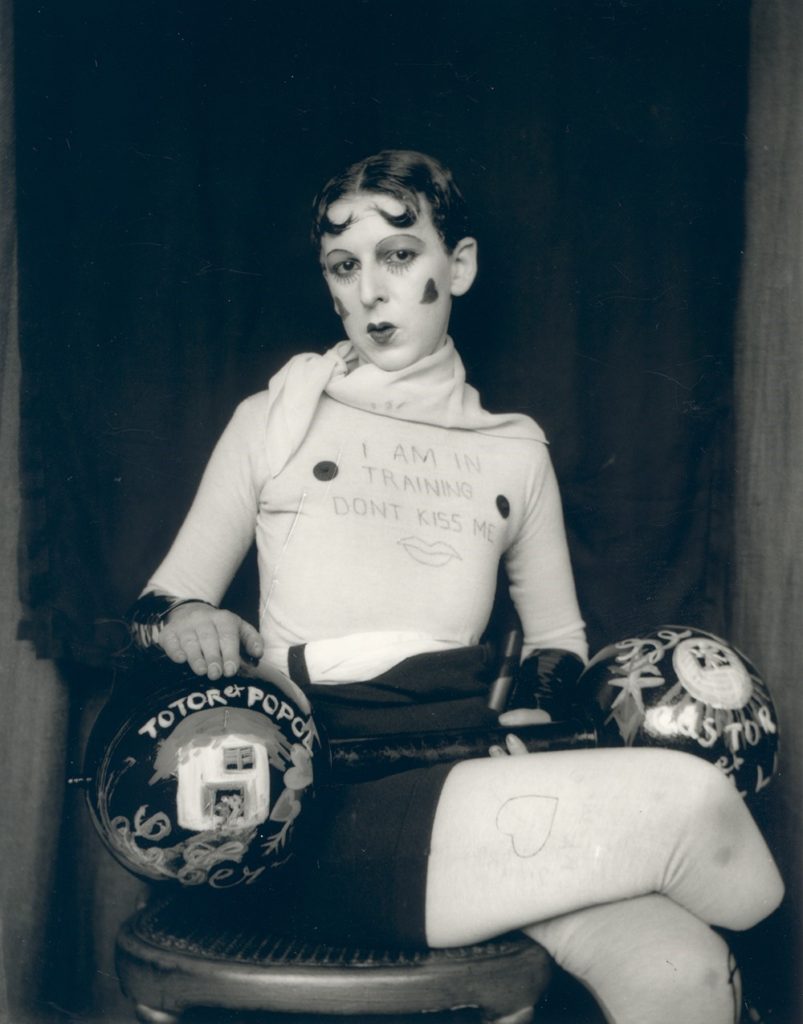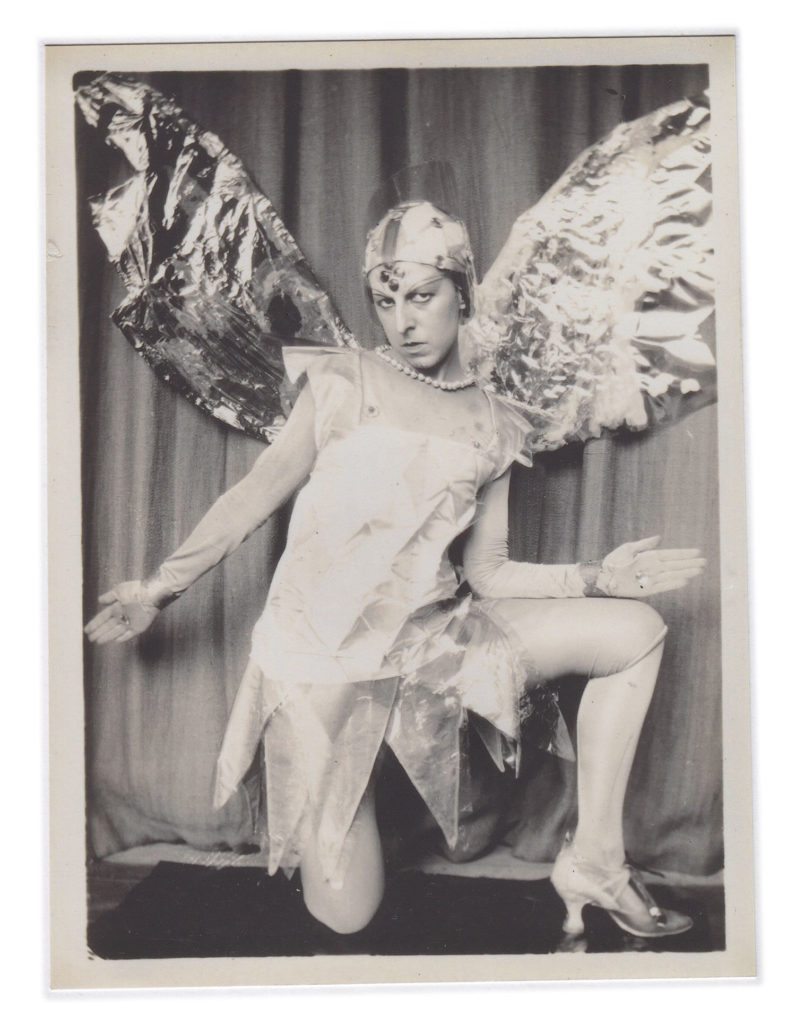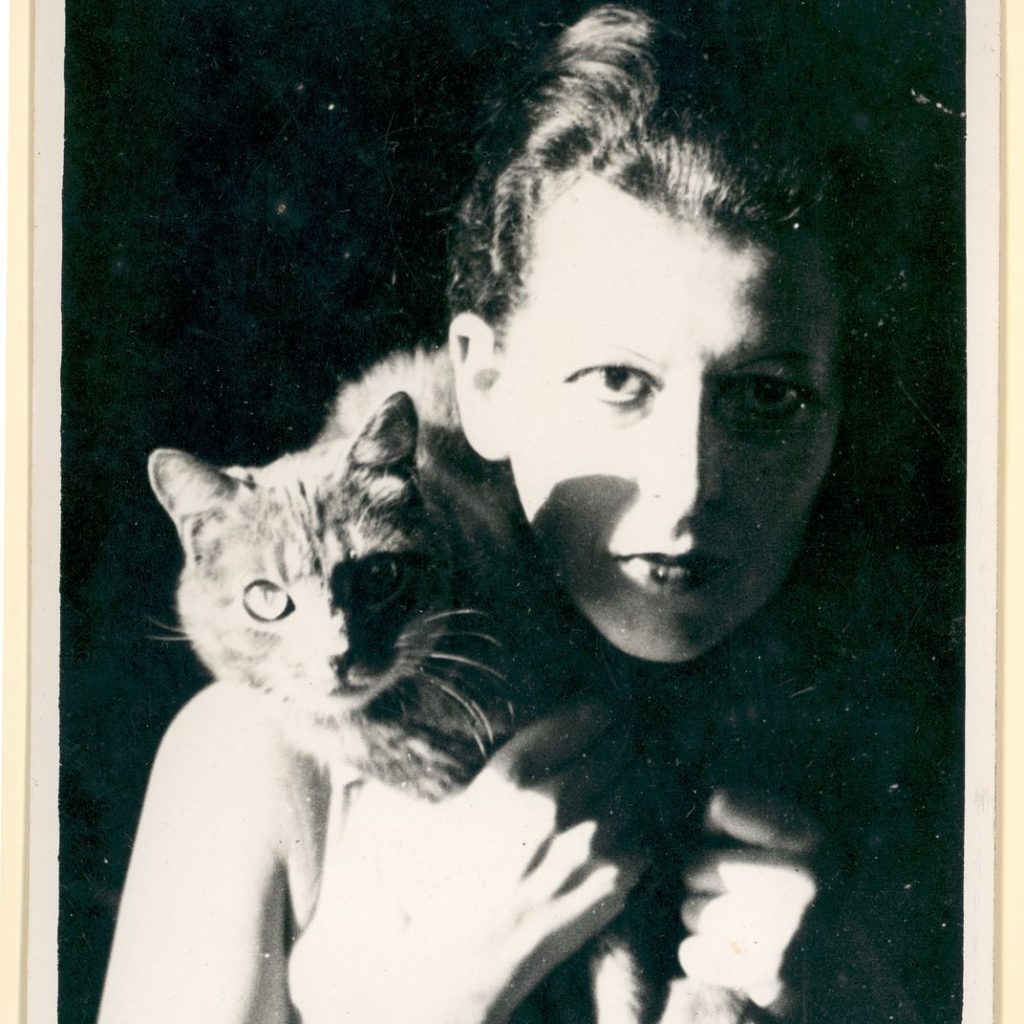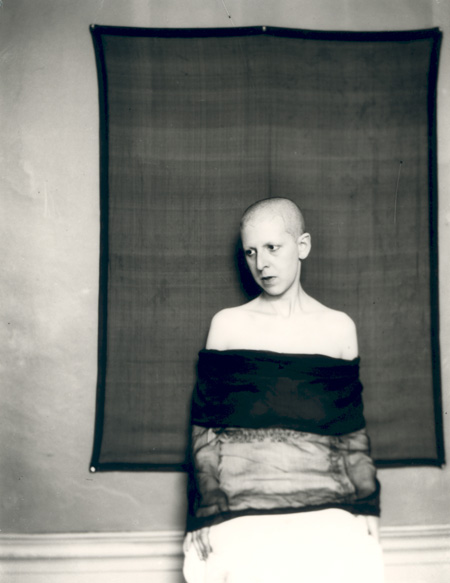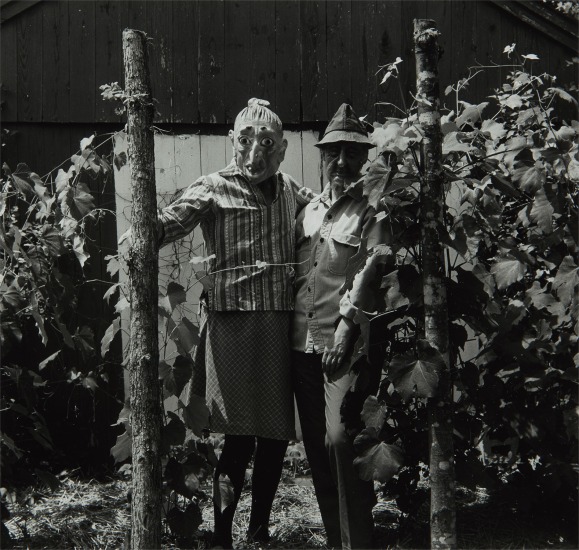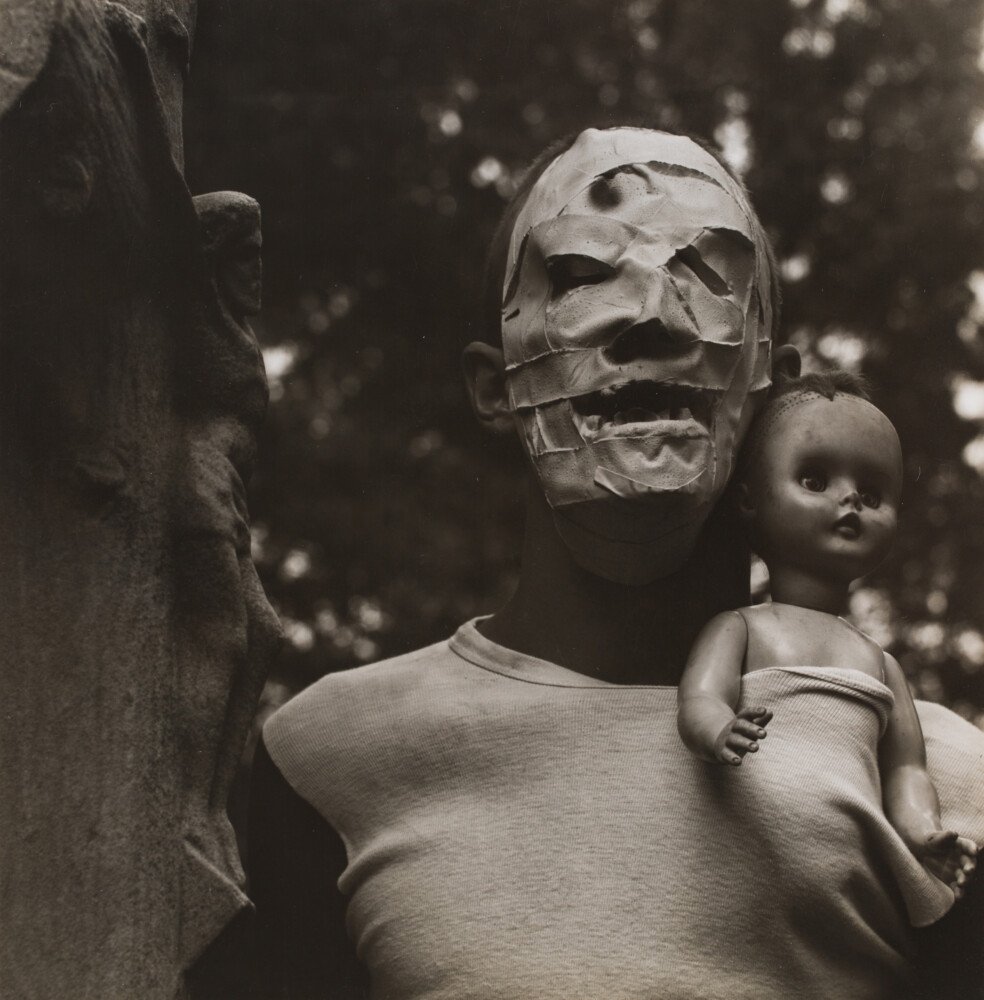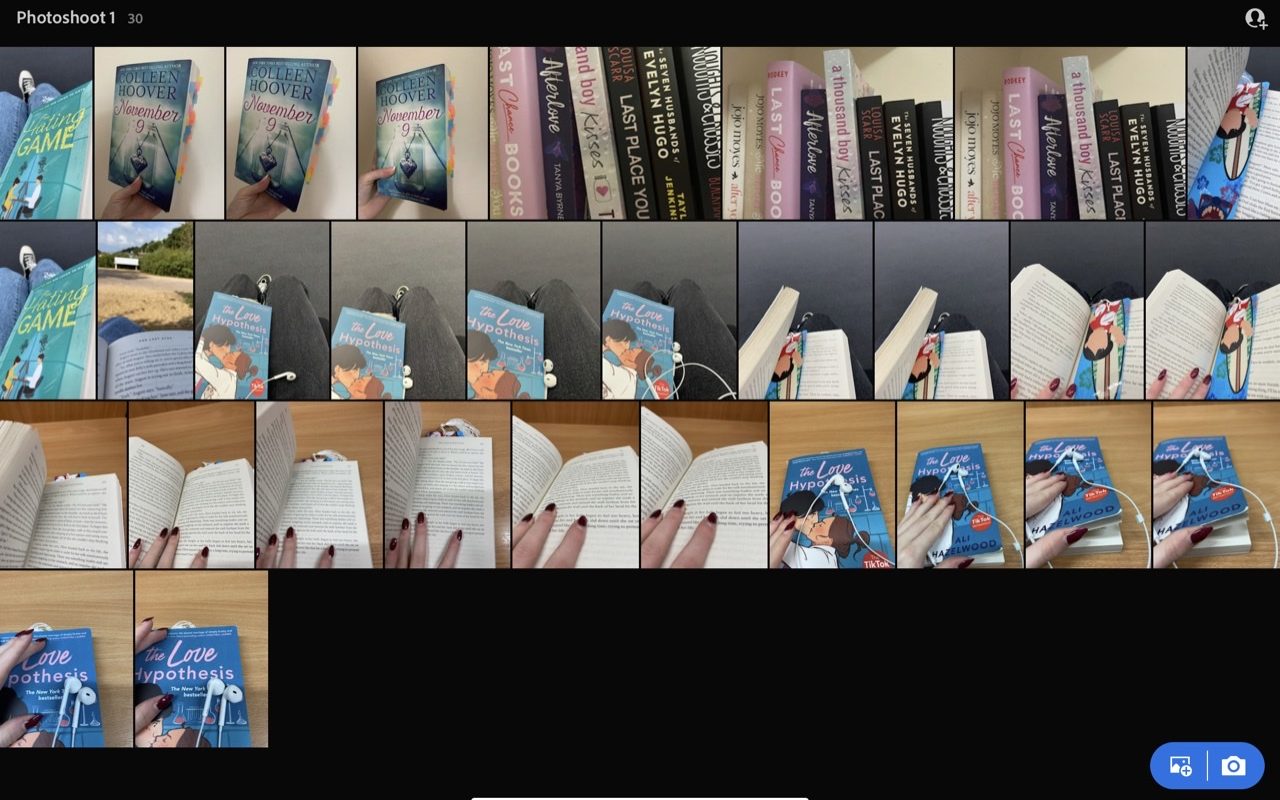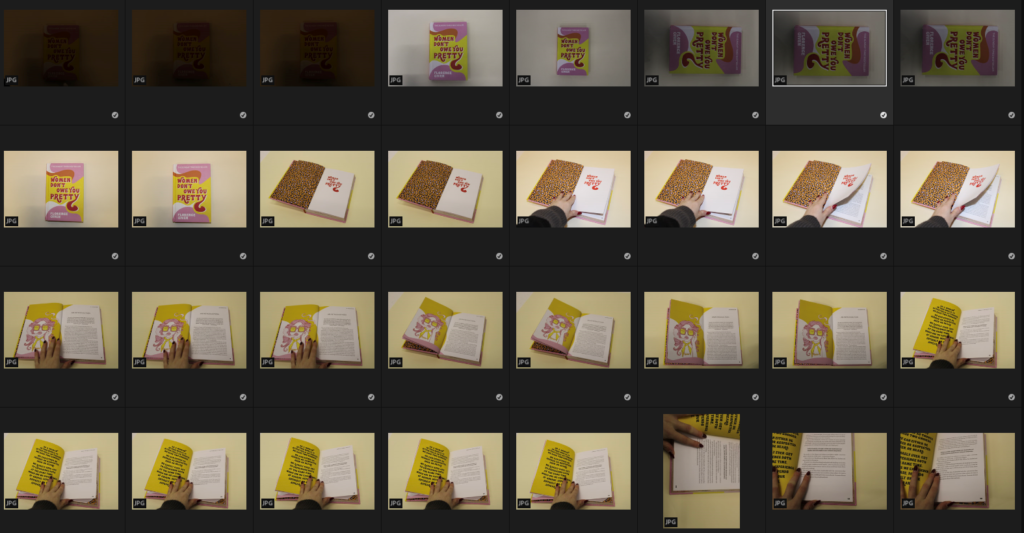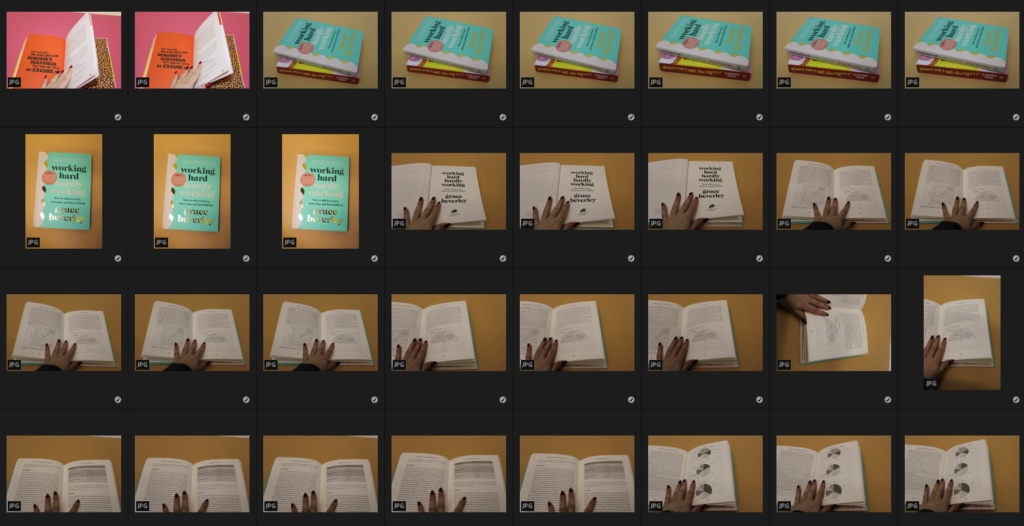Full definition of identity– 1a : the distinguishing character or personality of an individual : individuality. b : the relation established by psychological identification. 2 : the condition of being the same with something described or asserted establish the identity of stolen goods.
Mind Map

Identity in photography– A photograph resembles the likeness of what appeared before the lens. So, in the case of a profile picture, family album or mug shot, identity is based on the repetition of sameness that is evidenced by the image produced by the camera. Here I have combined the idea of a mood board and a mind map to illustrate my initial ideas both through words and images, this has helped me visualise my first ideas, meaning that I can more easily identify what I would like to explore further.
Gender Identity
Definition– Gender identity is the personal sense of one’s own gender. Gender identity can correlate with a person’s assigned sex or can differ from it. In most individuals, the various biological determinants of sex are congruent, and consistent with the individual’s gender identity.

Gender identity as a concept was popularised by John Money in the 1960s. He founded the Gender Identity Clinic at Johns Hopkins University and formulated, defined, and coined the term “gender role” and later expanded it to gender-identity/role.
Role in my project– I have a few ideas I would like to explore including one where I link my family history, focusing on the idea of the role of woman when my grandparents were middle aged.
Claude Cahun
Claude Cahun was a French surrealist photographer, sculptor, and writer. Schwob adopted the pseudonym Claude Cahun in 1914. Cahun is best known as a writer and self-portraitist, who assumed a variety of performative personae. Cahun’s work is both political and personal.
Cahun made ambiguity a theme in a lifelong exploration of gender and sexual identity as a writer and photographer. Decades after her death, she has a growing following among art historians, feminists and people in the LGBTQ+ community. The photographs are by far her most compelling work. At first, scholars thought of them as self-portraits. But the gathering consensus is that Cahun choreographed and posed for the photos, and that her romantic partner, Marcel Moore, who was born Suzanne Malherbe, often took the photographs.
As writer and photographer, Cahun worked at upending convention. “My role,” she wrote in an essay published after her death, “was to embody my own revolt and to accept, at the proper moment, my destiny, whatever it may be.”
In the 1990s, she received a rush of attention as gender issues were gathering steam around the world. “Suddenly,” said Vince Aletti, a New York photography critic and curator, “she seemed incredibly of the moment.”
Cahun’s photographs have been displayed in group shows in the last two years in nearly a dozen museums in London, Paris, Washington, Melbourne, Warsaw and elsewhere. She is featured in a group exhibition running through early July at the Contemporary Jewish Museum in San Francisco. Another group show opened in Bonn, Germany, in late May, and one opened in Sweden in mid-June.
Image Analysis
4th photo in this gallery: The main feature of this image, is clearly the face, with the significance of the face paired with the fact that the image is composed of a reflection, help to tell a story. It can be implied that this is linked to gender identity as the reflection means Cuhan doesn’t know their true self despise looking in the mirror everyday, this image could link more to a search for identity mixed with the confused on not knowing your own self. Furthermore, Cahun is looking lost in this reflection which may mean they are suffering of the lost of identity, and this idea is supported by the sad expression on their face, I like how this work is relatable to many people who are apart of the LGBTQ+ community and how much revolutionary these ideas were a5t the time. As during the time of World War II concepts such as gender roles and sexuality were not usually openly discussed and challenged, making Cahun’s work even more remarkable.


